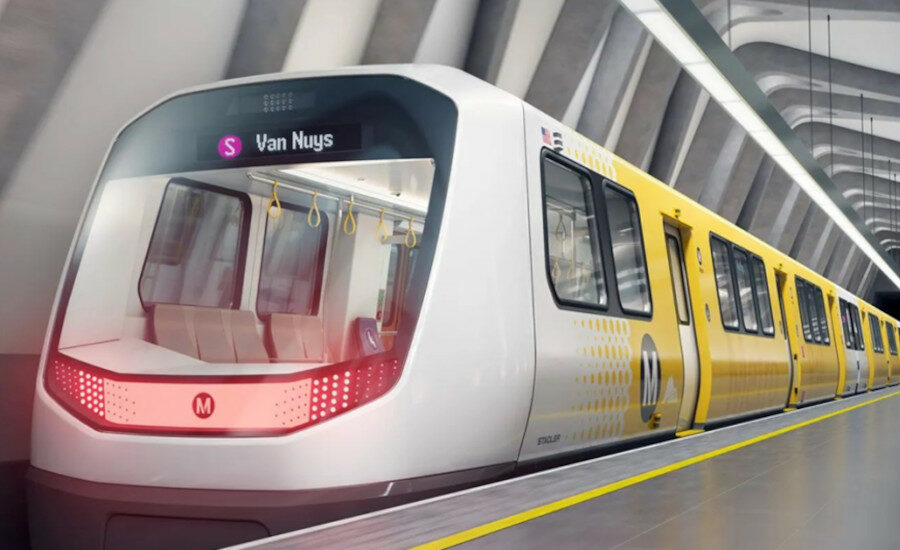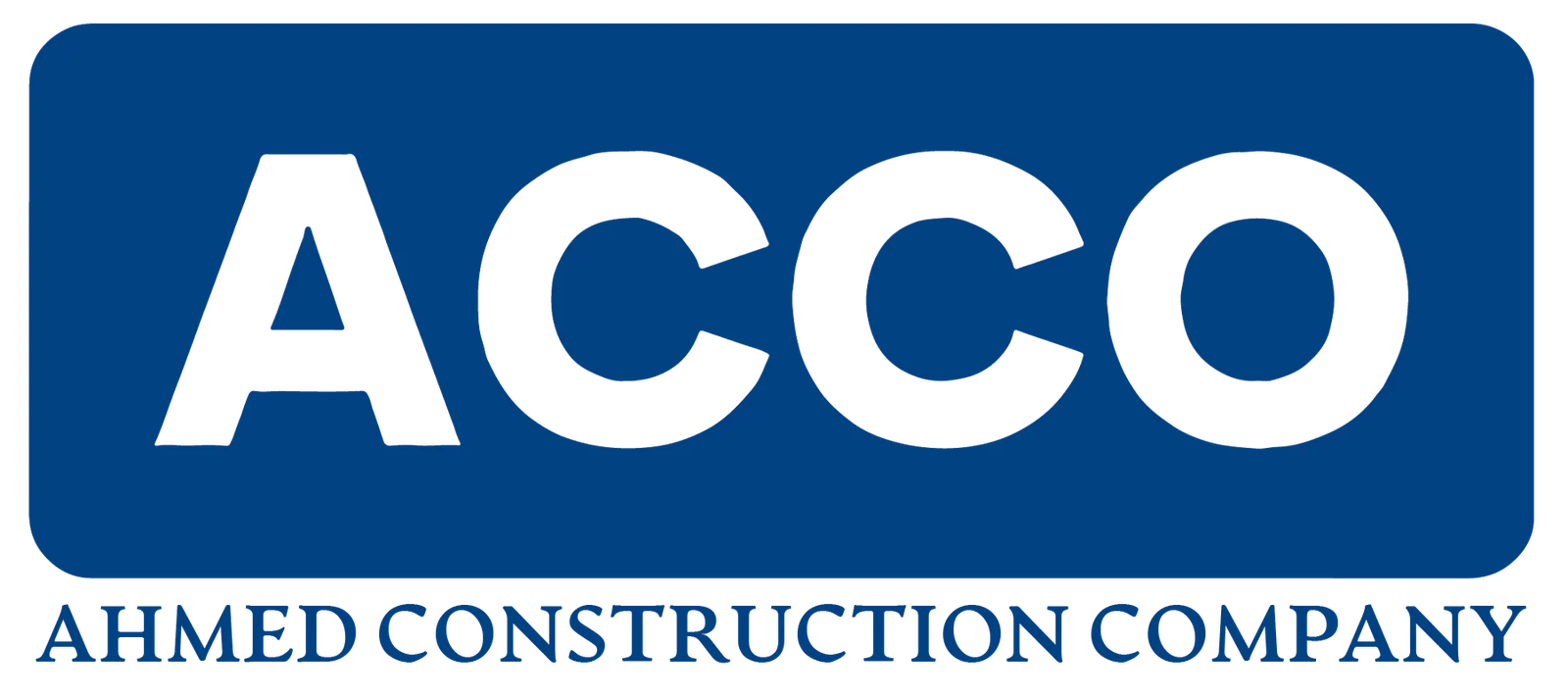
LA Metro Officials Highlight Progress, Plans for Transit

Planning is moving forward for transit connections between the San Fernando Valley and Westside of Los Angeles and between southeast and downtown LA—two projects that officials say are high priority for the future beyond the 2028 Olympic and Paralympic Games.
Metro Board Chair Fernando Dutra told ENR that the project at the top of his agency’s priority list right now is the Southeast Gateway Line, a new light rail that will be both elevated and at-ground, connecting Union Station to the city of Artesia across 12 cities and 19 miles.
“This is a big deal. We’ve started doing engineering and field work and we are in the cities right now doing a lot of the drilling work, which is important because when you start drilling, you develop your mapping,” said Dutra, who is also president of Whittier, Calif-based Allwest Development Co. “So to make it more realistic, I think we will have a line in about five years.”
Metro broke ground last fall on advanced utility relocation work in Artesia, and in April 2024, the project received CEQA certification, approving 14.5 miles of new light rail from Slauson/A Line to Artesia. The approved project includes nine new stations, five parking facilities, and a maintenance facility in Bellflower.
In August 2024, the project received a federal Record of Decision, making it eligible for federal funding. In October, Metro secured $231 million from the California State Transportation Agency’s Transit and Intercity Rail Capital Program (TIRCP).
Metro officials called the Sepulveda Transit Corridor project “arguably the most critical public infrastructure project in America.” In June, Metro also released the draft Environmental Impact Report (DEIR) for the project. Forecasted to open between 2033 and 2035, the Sepulveda Transit Corridor project would make it easier to go from San Fernando Valley to the Westside, but must be built through the formidable Santa Monica Mountains. The agency says this project will require innovation and multiple solutions.
LA Metro held its annual State of the Agency event at Union Station in Los Angeles on July 9 to discuss progress the agency has made on strategic goals in the last fiscal year, while announcing its goals for the current fiscal year (FY 2026).
The event highlighted the recently opened LAX/Metro Transit Center, connecting two rail lines and 14 bus lines to Los Angeles International Airport. The agency also opened the Rail-to-Rail Active Transportation Corridor in South LA, which transformed blighted railroad tracks into a 5.5-mile bike and pedestrian path, with easy access to the A, J, and K Lines, and opened more bus lanes.
“As we advance in our preparations to provide world-class service to riders during the 2026 FIFA World Cup, the Super Bowl in 2027 and the 2028 Olympic and Paralympic Games, Metro is also leveraging these opportunities to make once-in-a-lifetime investments in the city’s transit infrastructure that will benefit Angelenos for generations to come,” said Metro CEO Stephanie Wiggins.
Metro also broke ground on the G Line Improvements Project and the I-105 ExpressLanes Project, while garnering an $893 million federal grant for the East San Fernando Valley Light Rail project and the advancement of the Vermont Transit Corridor projects and the Southeast Gateway Line.
Other projects mentioned at the event include the near-complete Metro A Line extension to Pomona, and the first section of the Metro D Line subway extension beneath Wilshire Boulevard to the Westside.
Dutra said he is committed to moving forward on construction of the 105 Express Lanes and other highway projects.
“As we move forward on these critical projects, we need to make sure that locally based companies in engineering, architecture and the many professional services that make this work possible, aren’t just invited to the table,” he said. “They deserve a real stake in the success of these efforts, including local jobs, local expertise and local opportunity.”
Post a Comment
You must be logged in to post a comment.





